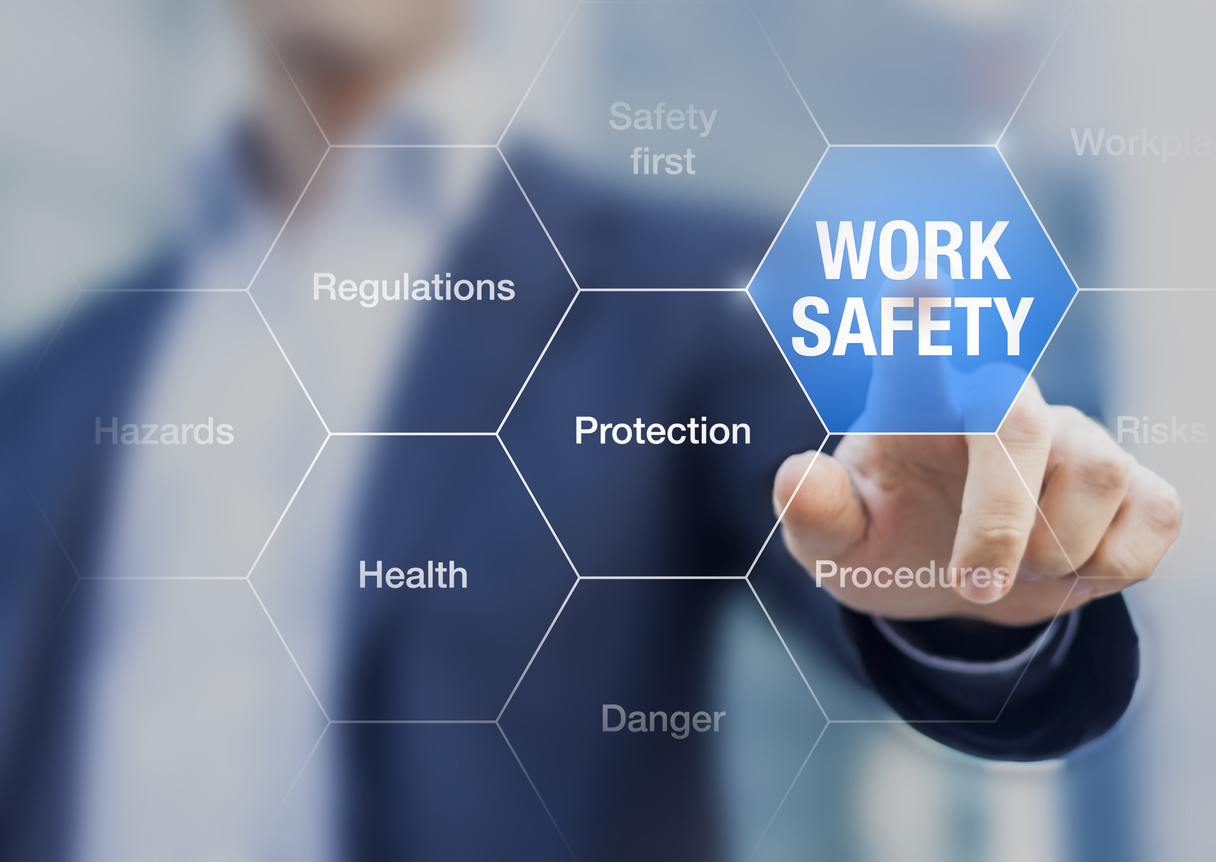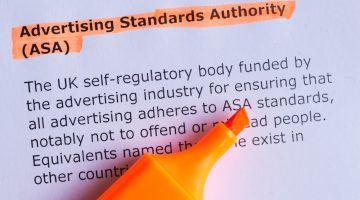Is Health and Safety Important for Small Businesses?

As a small or fairly new start-up, you may believe that health and safety isn’t as important for your business as it is compared with larger companies. However, this isn’t always the case. Although there may be less health and safety implications to think about, depending on your industry, it’s important to make regular assessments of potential risks in the workplace, even if you’re self-employed and there is only you. So, even if your start-up only has a handful of workers, it’s important to take health and safety seriously from the get-go. This will ensure that your business stays on the right side of the law, is on the right track for growth, and in a good position in the unfortunate event of an accident.
Table of Contents
#1. Health and Safety Plan:
If your business employs at least five people, then it’s a legal requirement that you have a health and safety plan on paper. Coming up with an effective plan for health and safety involves carrying out an assessment of every potential hazard in the workplace, no matter how small they may seem at the time. You’ll need to record each hazard and its level before coming up with an appropriate response. The type of company that you’re running and the industry that you work in will have an impact on the type and number of hazards that exist. For example, a company that works regularly with heavy machinery will have more hazards to deal with than an office-based or online company. Even so, every safety risk, from small trip hazards to working with machinery must be recorded in your plan.
#2. Preventing Harm:
After you have identified any risks and hazards in your workplace, it’s time to put preventative measures in place to minimise the likelihood of an accident occurring. Make any necessary adjustments, such as tying down cables in offices and ensuring that no fire exits are blocked. In addition, you should have an accident logbook, which should always be accessible to record any incidents, helping to keep your company and employees safe. Include a copy of the health and safety plan with the accident logbook and make sure that each employee has or is at least able to read a copy of it.
#3. Get the Right Insurance:
The worst-case scenario for your company is an employee being involved in an accident and taking legal action against you. Without the proper health and safety training and procedures in place, an employee is likely to successfully claim against your company. For a small business, this can put a huge dent in finances at best, and bankrupt or completely close the company down at worst. Because of this, it’s important that employer liability insurance is taken out from the moment that you hire your first employee. However, bear in mind that the majority of insurers will still expect companies to take reasonable steps to prevent accidents in the workplace and may refuse to pay a claim if this cannot be proven. So, in addition to insurance, make sure that your health and safety plan is up to date and accessible to all.
#4. Provide Training to Everybody:
Even if your company doesn’t work with heavy machinery or other hazards that will require specialised training, it’s a wise idea to insist that all employees take some kind of health and safety training program in order to improve their knowledge on the subject and make it easier for them to keep the workplace a safe place for everybody to be.
Basic health and safety courses are usually sufficient, and these can be done from the workplace or the comfort of the employee’s own home. Certain companies, for example, those working with additional hazards or vulnerable people, will need to provide their employees with additional industry-specific training. There is a range of health and social care courses available at findcourses.co.uk, which you may find useful for your staff or yourself. Check out the site for courses on safe medication handling, GDPR, learning difficulties, safeguarding, how to run a home cleaning service for startups, and more.
#5. Offer First Aid Training:
In addition to offering general and specialised health, safety and social care learning for your employees, it’s a wise idea to offer them the option of taking a first aid qualification. This will allow certain employees to carry out first aid when needed in the workplace, and they can also transfer these skills to other areas of their life where a first aider may be needed. And, first aid skills are great for anybody to have, as they could potentially mean the difference between life or death for a patient.
First aid training covers everything from correctly cleaning and dressing of small wounds to administering CPR and responding to patients who have been involved in a car accident or other serious trauma. If an accident occurs in your workplace, a qualified first aider employee can be on the scene immediately before further help arrives.
#6. Revisit Regularly:
Health and safety is like a lot of other processes in your business – it’s not something that you can do and then simply leave. To have the most effective health and safety plan and ensure that accidents are prevented, it’s important to regularly revisit and carry out fresh risk assessments, particularly if things have changed in your workplace, such as new equipment, a growing number of staff members, or a change to the new building. Every few months at least, carry out a basic risk assessment of your workplace to make sure that the preventative measures you have already put in place are still working well. This gives you the chance to make changes if needed and further minimise risk.
#7. Get Everybody Involved:
For most start-ups and small businesses, hiring a dedicated health and safety officer simply isn’t in their budget. However, the good news is that when everybody works together to keep the office or workplace a safe and pleasant place to be, the need for a health and safety officer is eliminated. It’s a good idea to keep your health and safety rules and procedures in a place where everybody can easily see them and be reminded every day. And, make sure that everybody is pitching in when it comes to keeping the workplace safe. Don’t wait for somebody else to move trip hazards out of the way or mop up spillages that could be slipped on – any employee who finds a potential hazard or danger at work is responsible for making it safe.
#8. Fire Risks:
Last but certainly not least, any business that operates from a physical office is at risk of fire, regardless of the number of employees on-site. In addition to your regular health and safety risk assessments, it’s a good idea to also carry out one that focuses on minimising fire risks. And, make sure that you have adequate fire safety equipment that all employees can access. You’ll need fire extinguishers, a regularly tested fire alarm, and a clear evacuation plan for all employees.
No matter how small or new your business, health and safety procedures should be a top priority. Whether you’re working with vulnerable members of the public, operating heavy machinery or simply working in an office, everybody should work together to improve and maintain safety.
Read Also:

Dutch And Maltese Gaming Regulators Signs MoU To Prevent Illegal Gambling
The Purpose of MoU Under the MoU, there will be an enhanced cooperation between the…

Operators Pull Out Japan Casino Plans Amidst Uncertain Gambling Regulations
The casinos needed to submit tedious requirements before legalizing the business and face heavy taxes…

GrooveGaming Extends Contract With BetConstruct
The success of the merger showed a high demand for online casino products. GrooveGaming exploited…

Chile’s Casino Operators Receives Coronavirus Relief From Creditors, Investors
The gambling industry is among the industries which suffered the biggest losses. The casinos shut…

A Total Of 70 Gambling Ads Have Been Found By ASA, UK in Q2 2020 on Sites Familiar With Young Audience
The authority has not yet declared the names of the operators, which have been running…

Shape Games Co-Founder Indicates Their Plan To Go Completely Native
The co-founder states that this transformation is in response to tech-giant Apple's revolutionary announcement made…